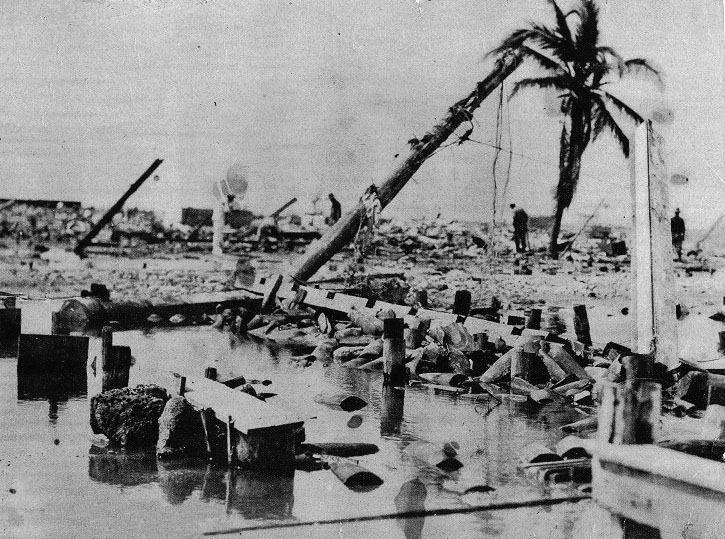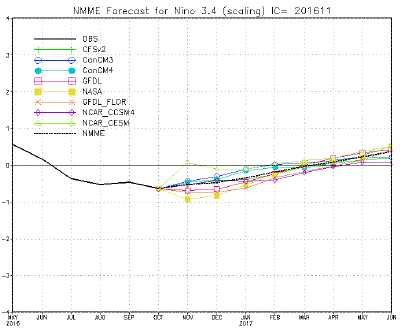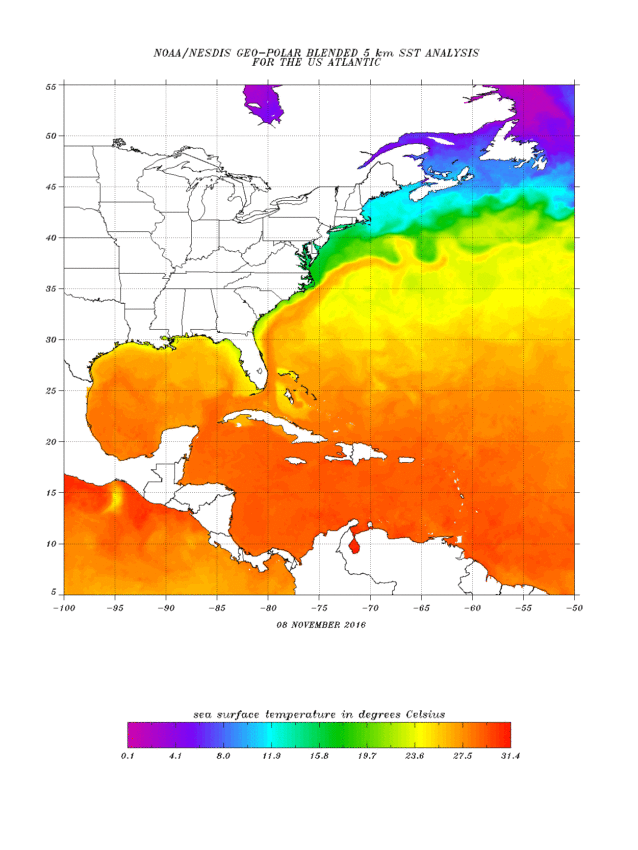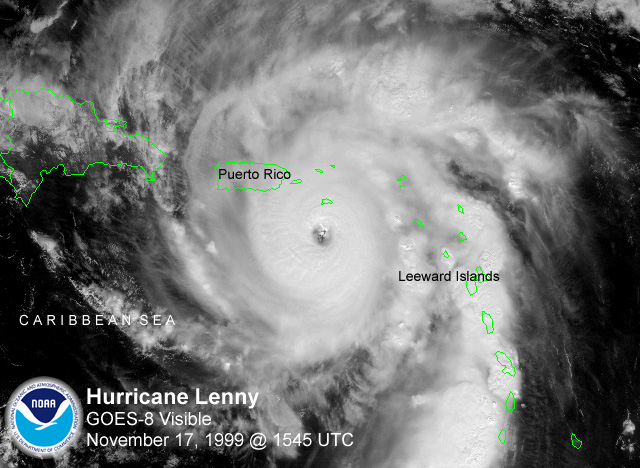Halloween has come and gone. The days are growing steadily shorter and for many areas the peak of autumn color has passed. However, despite a few weeks worth of calm in the tropical Atlantic, hurricane season isn’t necessarily over! November hurricanes are rare but potentially dangerous nonetheless.
Later in the fall the track of mid-latitude, non-tropical storms tends to shift further south. These systems and the associated jet stream usually suppress tropical cyclone activity, limiting it to the Caribbean. However, sea surface temperatures there are still conducive for cyclone development . November hurricanes, even a few major (Category 3+) hurricanes, have killed thousands.
November Hurricane History
The deadliest cyclone in Cuban history made landfall on November 9th, 1932. Back then, exact measurements of intensity weren’t as readily available as they are today, but careful analysis of the records indicates that the 1932 Cuban hurricane was probably a Category 5, the only one on record for the month of November. At peak strength, this hurricane boasted sustained winds of at least 175 mph. One ship reported being buffeted by winds of up to 200 mph! The vast majority of fatalities, more than 2,800, occurred in the coastal town of Santa Cruz del Sur. A storm surge exceeding 21 feet virtually wiped that town off the map. Total damage costs were $40 million, or almost $700 million in today’s dollars.

Exactly 76 years later, Hurricane Paloma struck the same area. A Category 4 hurricane at peak intensity, Paloma fortunately weakened to Category 2 status before making landfall. Thanks to several days worth of advanced warning, much more extensive preparations were made as compared with the 1932 strike. More than 1.2 million people were evacuated from coastal areas in Paloma’s path. As a result, despite extensive damage to structures and farmland, only one fatality was directly attributed to the hurricane.
The strongest November hurricane in the era of reliable measurement was Lenny in 1999 (satellite image at top of article). Lenny unusually tracked west-to-east across the Caribbean, opposite the usual path of tropical cyclones in that area. It moved near Puerto Rico and the Leeward Islands as a high-end Category 4 storm on November 17th and 18th, causing nearly $700 million dollars worth of damage.
The hurricane that made the latest US mainland landfall on record was Kate on November 21st, 1985. Kate was the finale of a very busy hurricane season, the sixth hurricane to make landfall in the U.S. that year, just one shy of the season record. Although only a minimal Category 2 storm, Kate caused many trees to fall, produced widespread flooding rainfall, and devastated the oyster harvesting industry along the coast of the Florida panhandle.
Late 2016 Hurricane Season
What was the common factor between the 1985, 1999, and 2008 seasons? Each was characterized by the ENSO phase known as La Nina, typically the phase most conducive to an active Atlantic tropical basin. We’re currently in a weak La Nina (see image below, with negative values corresponding to La Nina conditions) with water temperatures still running well above normal in the Caribbean (bottom image below). Although there appears to be little prospect for tropical cyclone activity in the next week, residents of vulnerable coastlines can’t let their guard down just yet.


As always, we’ll keep you informed if and when severe weather threatens, just follow us on Twitter and Facebook. Rely on the Morecast app for the latest forecast details for your location!
